Search
Search Results
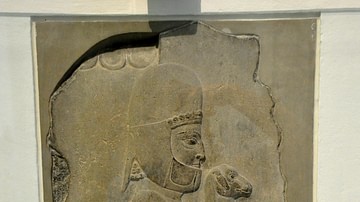
Definition
Medes
The Medes or Medians were a group of Indo-Iranian-speaking people from central Asia who migrated westwards and entered northern Iran around the end of the 2nd millennium BCE. They settled in the highlands of Zagros (Zagreus in Greek) and...
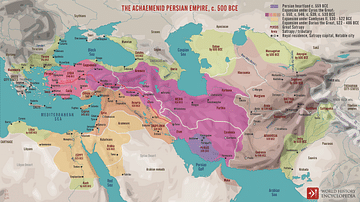
Definition
Achaemenid Empire
East of the Zagros Mountains, a high plateau stretches off towards India. While Egypt was rising up against the Hyksos, a wave of pastoral tribes from north of the Caspian Sea was drifting down into this area and across into India. By the...
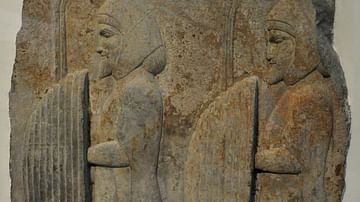
Definition
Ancient Persian Warfare
The ancient Persian military evolved from the earlier armed forces of the Medes which, in turn, developed from the warrior class of the indigenous people of the Iranian Plateau, the Aryan migrants (including the Persians) who later settled...
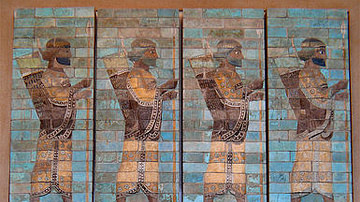
Definition
Persian Immortals
The Ten Thousand Immortals were the elite force of the Persian army of the Achaemenid Empire (c. 550-330 BCE). They formed the king's personal bodyguard and were also considered the shock troops of the infantry in Persian warfare. They are...
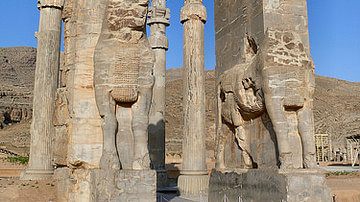
Definition
Ancient Persian Culture
Ancient Persian culture flourished between the reign of Cyrus II (The Great, r. c. 550-530 BCE), founder of the Achaemenid Persian Empire, and the fall of the Sassanian Empire in 651 CE. Even so, the foundations of Persian culture were already...
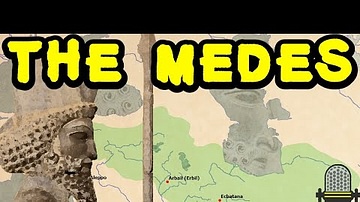
Video
The Early Medes and the Median Empire (History of Ancient Iran) | Supplemental Podcast #3
In this video podcast, we'll take a look at one of the most overlooked peoples of ancient history, the Medes, and reconstruct their early history using Assyrian, Babylonian and Greek sources, namely Herodotus (the Medes don't have any primary...
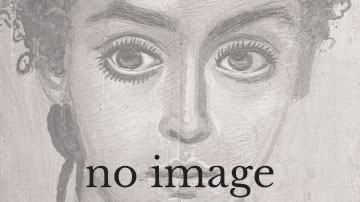
Definition
Godin Tepe
Godin Tepe is, today, an archaeological site in the Kangavar valley of Luristan, in western central Iran. The name means "hill of Godin" though what the settlement was called originally is unknown. The site was first discovered...
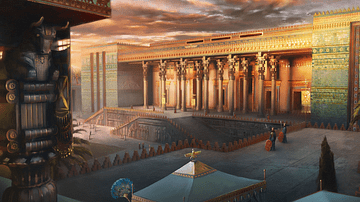
Article
Herodotus: On The Customs of the Persians
Although the Greek historian Herodotus (l. c. 484-425/413 BCE) is often criticized for inaccuracy in his Histories, his frequently-anthologized On the Customs of the Persians is regarded as accurate. The passage is all the more interesting...
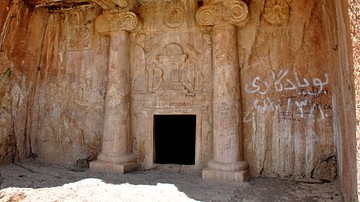
Article
The Rock-Cut Tombs of Qizqapan, Iraqi Kurdistan: Median or Achaemenid?
O Creator of the material world, at what distance from the holy man (should the place for the dead body be)?" Ahura Mazda replied: "Three paces from the holy man". (Vend. 8. 6-7) In September 2009 CE, one of my relatives...
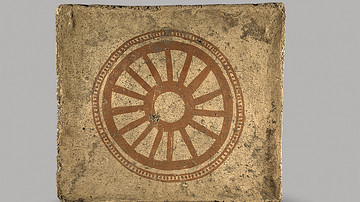
Image
Painted Mural Tile with Wheel from Western Iran
Painted brick from Baba Jan, Luristan, Iron Age III, c. 850 to 550 BCE. National Museum of Iran, inv. no. 6735 This terracotta tile with a painted wheel is one of the c. 200 mural bricks that once decorated the “ceremonial rooms” of...